- News
- Reviews
- Bikes
- Accessories
- Accessories - misc
- Computer mounts
- Bags
- Bar ends
- Bike bags & cases
- Bottle cages
- Bottles
- Cameras
- Car racks
- Child seats
- Computers
- Glasses
- GPS units
- Helmets
- Lights - front
- Lights - rear
- Lights - sets
- Locks
- Mirrors
- Mudguards
- Racks
- Pumps & CO2 inflators
- Puncture kits
- Reflectives
- Smart watches
- Stands and racks
- Trailers
- Clothing
- Components
- Bar tape & grips
- Bottom brackets
- Brake & gear cables
- Brake & STI levers
- Brake pads & spares
- Brakes
- Cassettes & freewheels
- Chains
- Chainsets & chainrings
- Derailleurs - front
- Derailleurs - rear
- Forks
- Gear levers & shifters
- Groupsets
- Handlebars & extensions
- Headsets
- Hubs
- Inner tubes
- Pedals
- Quick releases & skewers
- Saddles
- Seatposts
- Stems
- Wheels
- Tyres
- Health, fitness and nutrition
- Tools and workshop
- Miscellaneous
- Tubeless valves
- Buyers Guides
- Features
- Forum
- Recommends
- Podcast
news
Police stop 50 cyclists for riding without lights in “educational event”… and get blasted for “namby pamby approach” and “two-tier policing”; Why don’t cyclists use the bike lane? Because it’s slippery and squelchy with wet leaves + more on the live blog
SUMMARY
No Live Blog item found.
 Gifts for cyclists
Gifts for cyclists22 November 2024, 09:11

Police stop 50 cyclists for riding without lights in “educational event”… and get blasted for “namby pamby approach” and “two-tier policing” by social media users
Wait, I think I’ve heard this story before!
Almost exactly a year ago, Oxfordshire’s Fire and Rescue Service’s Road Safety Team, together with Thames Valley Police & Brookes University staff, came together to stop cyclists riding without hi-vis or lights on their bikes. With the Christmas-y fervour apparently setting in rather early with the teams, they decided to display their generosity and let the cyclists go without handing them with a £30 fine — but not before issuing them with some “lights and hi-vis rucksacks” so they could get home “legally and safely”.
And like clockwork, the same three teams got back with the same ‘Be Bright, Be Seen’ joint initiative as part of Road Safety Week, stopping 50 cyclists for cycling without lights. Oxfordshire Fire and Rescue Service wrote on Facebook: “As the event was aimed at educating cyclists, no penalty notices were issued, but instead cyclists were given advice about the importance of being clearly visible to other road users.
“Their bikes were then fitted with a temporary set of lights to ensure they got home safely.
“The second cyclist in the picture shows how difficult it is for other road users to spot cyclists without lights or bright clothing.”
And lo and behold, just like some things never change, the comments were flooded with people fuming about taxpayer’s money being misused, even accusing the police of “going soft” and trying to be everyone’s friend.
“Why are we, the taxpayer, paying to give irresponsible people lights to get home? Everyone knows they need lights when cycling in the dark.”
“Why the namby pamby approach to cyclists, if it was a car or a motorcycle they would be ticketed and fined. Two tier policing again.”
“Typical of a modern policing policy. Just do your job and fine them… Stop trying to be everyone's friend… The reality is that they’ll be laughing at you for getting away with it!”
“Why were they not given a fine? It would happen to a motorist if the police pulled them over for not having their headlights on but there again, common sense does does fail some people.”
With winter well and truly here, it would be a good time to bring back Rule 59 and 60 of the Highway Code. While the former says that cyclists should wear “light-coloured or fluorescent clothing which helps other road users to see you in daylight and poor light,” while the latter dictates that when cycling at night, cycles “must have white front and red rear lights lit. It must also be fitted with a red rear reflector (and amber pedal reflectors, if manufactured after 1/10/85).”
> The Highway Code for cyclists — all the rules you need to know for riding on the road explained
However, hi-vis still continues to be a divisive topic amongst cyclists, some disputing its efficacy and arguing that it only serves to perpetuate the tradition of ‘victim blaming’. Yet, there are some who swear by it. One person on Facebook wrote: “Cycling through the winter I couldn’t imagine leaving without putting all my lights and hi-vis bag cover on… anything to make myself as visible as possible especially when leaving Oxford in areas with no street lights.
“At the end of the day, it’s my health I'm putting at risk if I leave with no lights and a car doesn't see me… Why on Earth people take that risk I do not know.
“I stick to having two strong rear red lights. One constantly on, one flashing. Hi-vis bag cover and shoe covers, then on the front I have two lights. One constantly on and one flashes when in street lit areas and then both constantly on when not in street lit areas
“Boggles my mind as a cyclist and driver that people will chose to leave in the winter with no lights.”
One driver said: “Thank you for this initiative. I am a very anxious driver in Oxford at the moment. Cyclist friends please be aware visibility in our car is poor with other cars lights on, glare on our wet windscreens, etc… So we really can’t see you in our mirrors when you pass on the left if you don’t have a decent front light. T-junctions are also a worry as we can’t see you bombing down behind another car at night as we are mostly blinded by their lights…”
There were also a couple of people who questioned the police’s approach towards dangerous drivers. Juan Escobar commented: “Please also do checks on drivers using mobile phones. It’d be a lot more than 50 though,” while Emma Franks said: “Now go for drivers and take more licences away please. Far too many risky drivers about. At least a cyclist is only likely to hurt themselves.”
And finally, there were some who thought that this was indeed a good approach, Garry Templeman keeping it short and sweet: “Good work. Progressive policing.”
22 November 2024, 18:33
Ronaldo is busy making phone calls as I type…
22 November 2024, 17:28
The never-ending story of Residents vs Binley Cycleway in Coventry has a new chapter
Campaigners attempting to put a stop to the final phase of a cycle lane project in Coventry, which last week saw them take part in a mass tree-hugging event to highlight their opposition to plans to cut down 26 trees to make way for the new active travel infrastructure, have accused the local council of spreading “misinformation” about their motives for opposing the cycleway.
In a formal complaint sent to Coventry City Council this week, Dawn McCann, one of the leaders of the opposition to the planned Clifford Bridge Road cycleway, argued that the local authority was “misleading the public” by “putting out several untrue statements”, denying that the scheme’s original design was rejected by residents due to plans to cut the number of on-street car parking spaces.
However, the head of public realm at Coventry City Council has told road.cc that plans to cut parking spaces had made the scheme “politically unacceptable” to residents, while noting that other areas where the cycleway has been installed have led to a “significant reduction” in collisions, increasing safety for vulnerable road users.
22 November 2024, 16:58
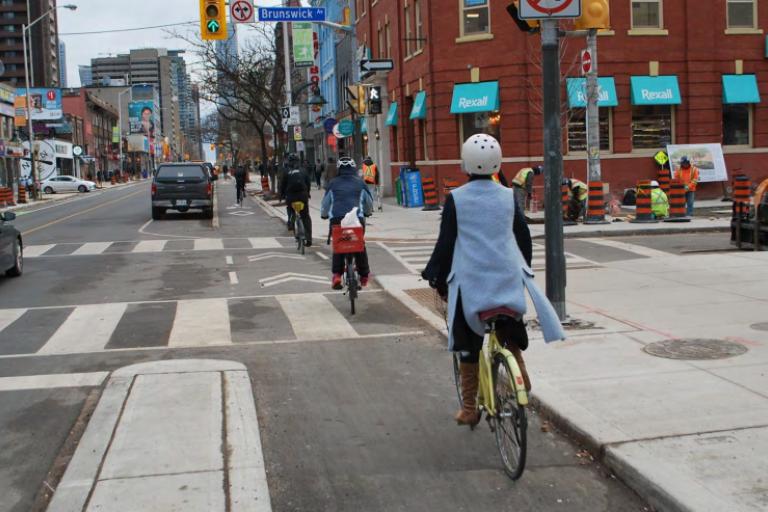
Cyclists injured or killed on streets where bike lanes were removed banned from suing Ontario government, as opposition politicians call the ban “heartbreaking”
In a troubling development from Canada, cyclists who have been injured or worse in one of the cycle lanes ripped up in Toronto won’t be able to file a lawsuit against the Ontario province’s government, with opposition politicians called the amendment to safeguard the government’s impunity heartbreaking.
Last month, Doug Ford, the premier of Ontario, shocked residents of Canada’s largest city when he pledged to rip out three of the city’s bike lanes “that are just absolutely insanity right now”, resulting in a dramatic backlash from cyclists, campaigners, opposition politicians and Toronto city council.
Now Ford, a businessman and leader of Canada’s Progressive Conservative Party has passed a controversial cycle lane bill on Thursday that would would create legal protections for the province if cyclists are hurt or killed after lanes are removed.
The legislation also gives the province the power to remove the entirety of three major bike lanes in Toronto on Bloor Street, Yonge Street and University Avenue, restoring them to vehicle traffic, while also dictating that Ontario municipalities to ask the province for permission to install bike lanes when they would remove a lane of vehicle traffic.
When reporters repeatedly asked Transportation Minister Prabmeet Sarkaria if the amended bill would, in fact, protect the government from lawsuits — he did not answer the question and instead pivoted to government talking points about traffic congestion each time, saying: “We believe bike lanes should be on secondary roads.”
Premier Doug Ford also refused to answer any direct questions from reporters about legal protections, instead choosing to repeat the same lines, reports CBC.
Meanwhile, social democratic party New Democratic Party’s Member of Provincial Parliament Jessica Bell claimed that the new amendments to Bill 212 would make it so people could no longer sue the government if they are hurt on roadways as a result of bike lanes being taken out.
“What this means is the conservatives want to remove themselves from any responsibility if someone is injured or killed in the future,” Bell said. “It’s heartbreaking, because someone will be injured or killed in the future.”
22 November 2024, 15:41

Former Tour de France winner Pedro Delgado says “Tadej Pogačar’s reign will be a dictatorship”
The greatest cyclist in the world has found himself in the headlines even in the off-season, first beginning with the bumper contract extension with UAE Team Emirates, leading to accusations of sportswashing coming along the Slovenian’s way, and then as details about his €8 million a year contract emerged, chatter around a introducing budget cap was also heard.
Now, 1988 Tour de France winner Pedro Delgado has talked up Pogačar’s attributes and success, while also passing foreboding comments about his impact on the competitiveness of the sport.
Speaking to Spanish newspaper El Diario de Valladolid, Delgado said: “The reign of Pogačar will be a dictatorship… He has no rival. In the Pogačar dictatorship, it's impossible [for rivals] to shine. In comparison, Remco Evenepoel, for all he's really good, seems like he's still learning.”
He added: “Pogačar is a real prodigy. I don't know how long his era will last, not because of his physical qualities, but because he's made winning a habit. Things could fall apart, but I think he'll dominate the sport for the next five years.”
22 November 2024, 14:59
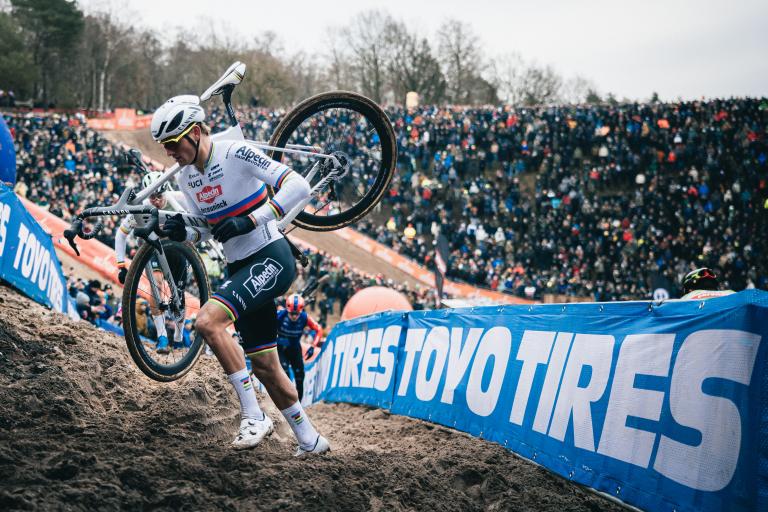
New points system could be on the table as UCI considers counting points earned in track, cyclocross, MTB, BMX and gravel for WorldTour rankings
A major pro cycling overhaul could be on the cards as the UCI has revealed that it’s considering to count points earned by teams in multiple disciplines of the sport other than road racing for determining teams’ WorldTour rankings.
Currently, the UCI WorldTour is the premier men’s elite road cycling tour with 18 teams, sitting above the UCI ProSeries and various regional UCI Continental Circuits. Points won by the teams from road racing competitions are tallied at the end of three years to determine which teams get relegated and which teams get the promotion.
Speaking to Sporza, UCI sports director Peter Van den Abeele said pro cycling’s governing body believes the revamp could offer an incentive for teams investing in multi-discipline stars like Filippo Ganna, Mathieu van der Poel, or Wout van Aert.
“What we will strive for is that points from other disciplines will be included in the team classification that determines the WorldTour licenses,” Van den Abeele told Sporza.
“A team like Ineos has a top rider in Filippo Ganna who takes part in major track events,” he said. “That’s great, but Ineos doesn’t get any WorldTour points in return. We want to discuss and change that.”
Van den Abeele said the UCI plans to discuss the idea with stakeholders, but any changes would not take effect until the new WorldTour cycle beginning in 2026.
“In this way, we can offer added value to the team by stating that we fully support them if they let riders ride in other disciplines,” he added.
22 November 2024, 13:40
Rockin’ around the cycle lane Christmas tree: Backlash as city’s massive tree plonked in middle of contraflow bike lane, forcing cyclists into oncoming traffic
After cyclists criticised the “baffling” decision to block the bike lane for the second year in a row, Limerick Council has since moved the tree, allowing cyclists to pass while narrowing the footpath.
22 November 2024, 13:00
“Overcrowding highlights the need for more designated parking locations”: Lime responds to news of residents using angle grinders to chop up its abandoned share e-bikes
Lime Bikes has now responded to road.cc’s request for comment after last evening’s news about “pissed off” residents taking to angle grinders to chop up its shared e-bikes which were abandoned by “thoughtless” cyclists in a building’s car park next to the Norbiton train station.
A spokesperson for the US-based company said: “We are disappointed to learn about the criminal damage to our bikes. Poor parking in London is an issue we take very seriously, particularly as demand for our service increases.”
22 November 2024, 12:36
Perils of mountain biking...
As vezes da uma raladinha mesmo pic.twitter.com/2KM3slfVMq
— O País Do Ciclismo (@opaisdociclismo) November 22, 2024
22 November 2024, 12:17

What fresh devilry is this???
There, the folks at Ali Express are at it again. This time, I don’t even know how to explain what I’m looking at. Is it a titanium fork? Is it a titanium drop handlebar? Is it both? If yes, why? How am I supposed to reach the drops? And when will I ever need to be positioned so low, crouched like a chicken? So many questions, so few answers…
The product description reads “Titanium race bicycle fork titanium drop handle bar Titanium track bike forks”. I’m sorry if that raises more questions than answers.
If any of y’all have a spare £1262 lying around (£478 for the fork/bars — plus an additional £784 for shipping, and no you can’t get a free month of Ali Express Prime), feel free to go ahead and order it. And please, please, let us know what in the holy hell is this thing…
22 November 2024, 11:13
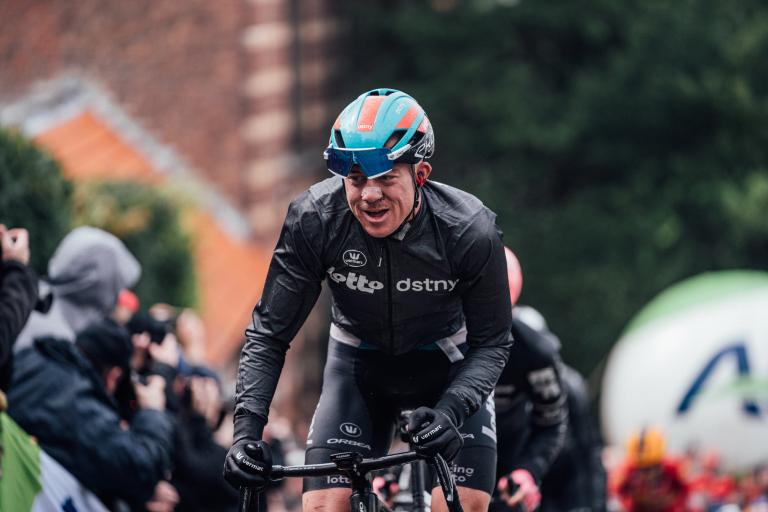
Is a football-style transfer market system the future for cycling? Maxim van Gils saga with Lotto Dstny rumbles on…
Teams willing to break the bank to get the best players may well have kicked off in football in the 90s, but pro cycling is still, to some degree, averse to the big-money transfer sagas with glitzy, up-and-coming stars and the world’s biggest clubs at the centre of it all.
However, this recent Maxim van Gils story could very well be the start of a new era, with a former Lotto Dstny manager saying there’s nothing wrong with talented riders leaving small teams to join rival teams in search of a better contract and career prospects.
For context, Van Gils, Lotto Dstny’s promising classics star who had a breakthrough spring campaign in the Ardennes — has reportedly tried to rip up his contract in a bid to secure a better deal at another team with the help of his agent Alex Carera, and officials at the Belgian team are fighting tooth and nail to make sure that doesn’t happen.
Now, former Lotto Dstny manager Paul De Geyter has come out to defend the 24-year-old Belgian rider, who has already seen his fair share of controversy in his young career when he hit another rider during a sprint and was fined by the UCI for “dangerous behaviour”.
In an interview with Sporza, De Geyter said: “If someone from a smaller football team can make a transfer to a larger football team, everyone thinks that is a logical step in a footballer's career. But when a rider from Lotto Dstny can go to a team with better support, that rider is portrayed as a money-grabber. I think that is totally wrong.”
De Geyter also called more open transfer market and buyout fees, governed by clear regulations that respect contract laws. Yannick Prévost, Wout van Aert’s agent, responded to these calls saying: “That's not possible at the moment. Because to set up a transfer system, you need to have teams with a lot of capital."
"There are some rich teams, but there are also a number of teams like Lotto-Dstny that have to make sure every year that they don't end up in the red. A system of transfer fees is currently premature for cycling.”
Carera, who has previously orchestrated Cian Uijtdebroeks, another promising Belgian rider, break his contract with Bora-Hansgrohe and join one of the most dominant teams in the men’s sport, Visma-Lease a Bike last year, has said that talks with Lotto Dstny are ongoing, but “likely” to end with Van Gils leaving the team. For which team instead? That’s not clear yet.
Of course, this would only happen if the transfer is sanctioned by both Lotto Dstny and the UCI, but it would be fair to say the rider’s relationship with his current team might be all but over — Dmitri Payet for West Ham and Carlos Tevez for Manchester City come to mind, if anyone’s looking for footy analogies.
Meanwhile, Lotto Dstny officials have been left fuming and scrambling to figure a way to stop this from happening. An unnamed team manager told Belgian television RTBF: “The trust between riders and team leaders is disappearing. Soon, a contract will no longer mean anything and it will be impossible to work in the long term since there is this uncertainty.
“Let's look at this problem the other way around. Could we imagine a team telling its rider, in mid-November when the transfer market is closed: listen, we don't need you anymore, we're going to terminate your contract? No.
“This Van Gils affair is shocking because it is November! This behaviour is not acceptable. It is a lack of respect and recognition for the entire structure of the Lotto Dstny team that trained him and brought him to this level. I think that the rider is tarnishing his image.”
22 November 2024, 10:21
Why cyclists don’t use the cycle lane? Because it’s covered with slippery wet leaves
That’s the bike lane in Priory Lane, Roehampton for you, in case anyone asks why don’t cyclists use all the cycling infrastructure (to be fair, there's only so much).
Suzanne Seyghal, sharing the image on Twitter wrote: “When cycle lanes are this neglected & wet leaves left to pile up, it's definitely safer to stick to the road.”
Adwitiya joined road.cc in 2023 as a news writer after graduating with a masters in journalism from Cardiff University. His dissertation focused on active travel, which soon threw him into the deep end of covering everything related to the two-wheeled tool, and now cycling is as big a part of his life as guitars and football. He has previously covered local and national politics for Voice Wales, and also likes to writes about science, tech and the environment, if he can find the time. Living right next to the Taff trail in the Welsh capital, you can find him trying to tackle the brutal climbs in the valleys.
Latest Comments
- ktache 1 hour 6 min ago
The people at Hexlox have asked me to tell others about their black Friday deals, but I don't quite know what the offer is yet. But saving anything...
- Freddy56 1 hour 16 min ago
Would love to know if anyone else thinks the army green winter jackets are actually better than black to hide the cyclist profile in low light?
- momove 1 hour 25 min ago
You two are going to have to help out the undereducated here!...
- VIPcyclist 1 hour 50 min ago
Whilst I was reading this I was thinking : sounds familiar, yep, that's right . Then I read the bit about being referred for a fitness to drive and...
- Dnnnnnn 2 hours 3 min ago
I'm unclear how simply considering the views of people who travel through an area is voting for rat-runs. No need to explain though.
- David9694 3 hours 2 min ago
When you don't know for sure what the whinge would be if this work was postponed to January, but you know there would be one:...
- biking59boomer 3 hours 43 min ago
Sadly the cyclist hate in this country seems to have worsened of late. Dangerous motoring combined with anti-cycling officialdom in some places is...
- Cyclo1964 6 hours 15 min ago
Brilliant 🤣
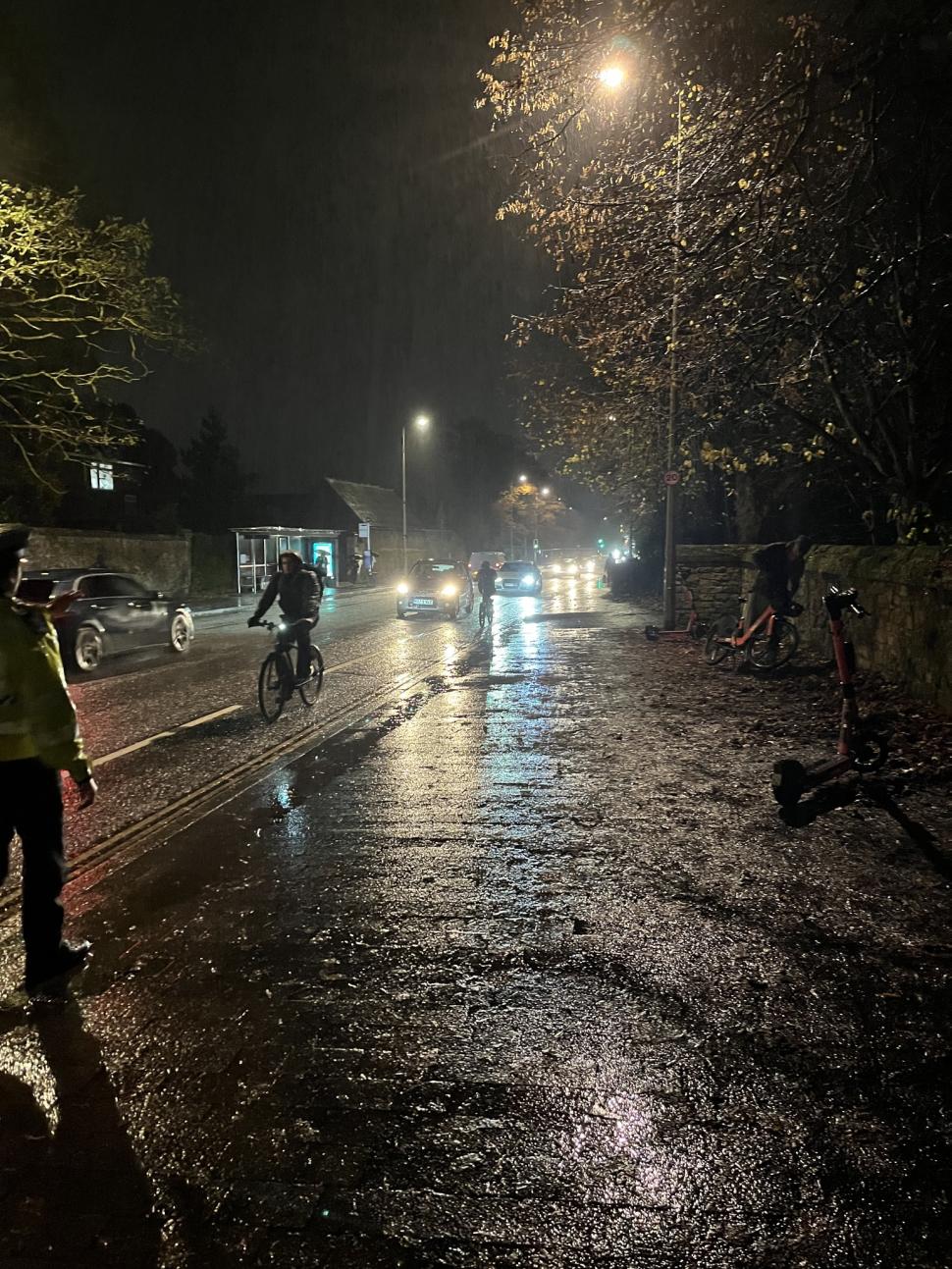
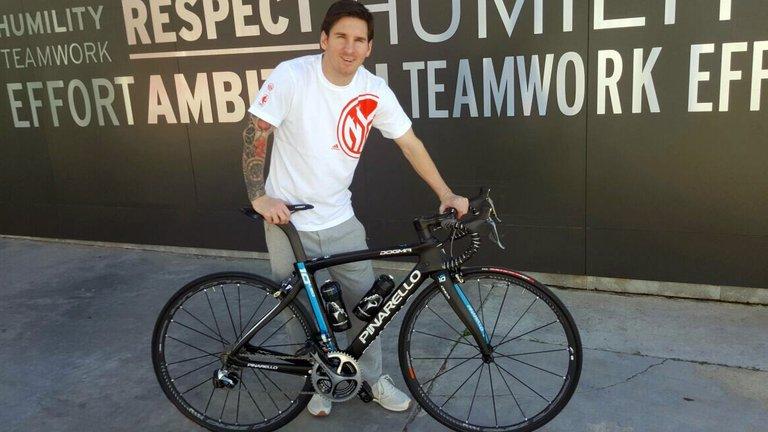
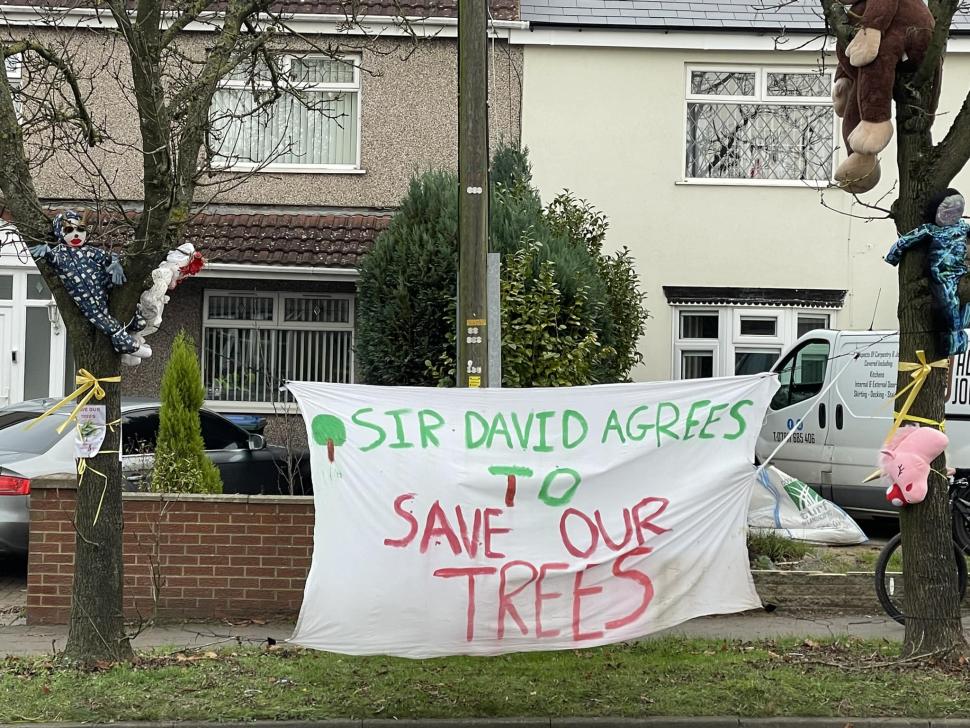

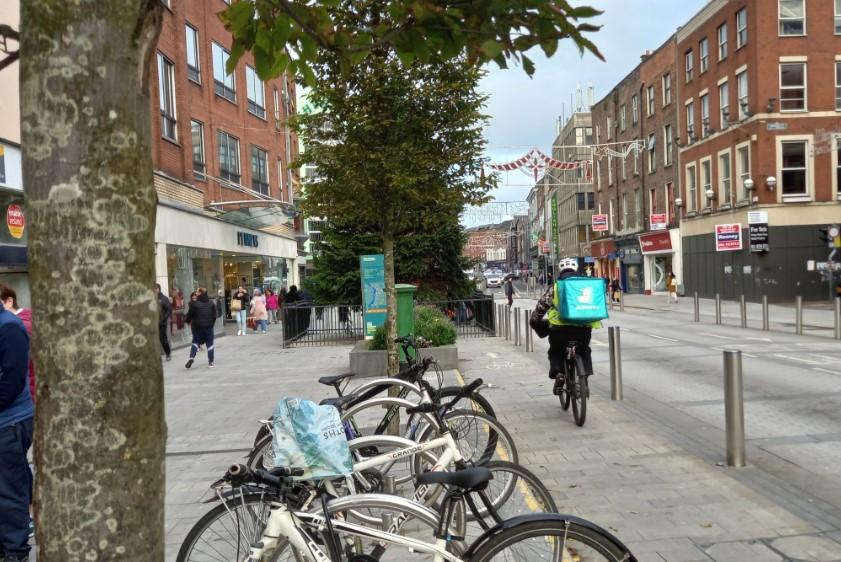
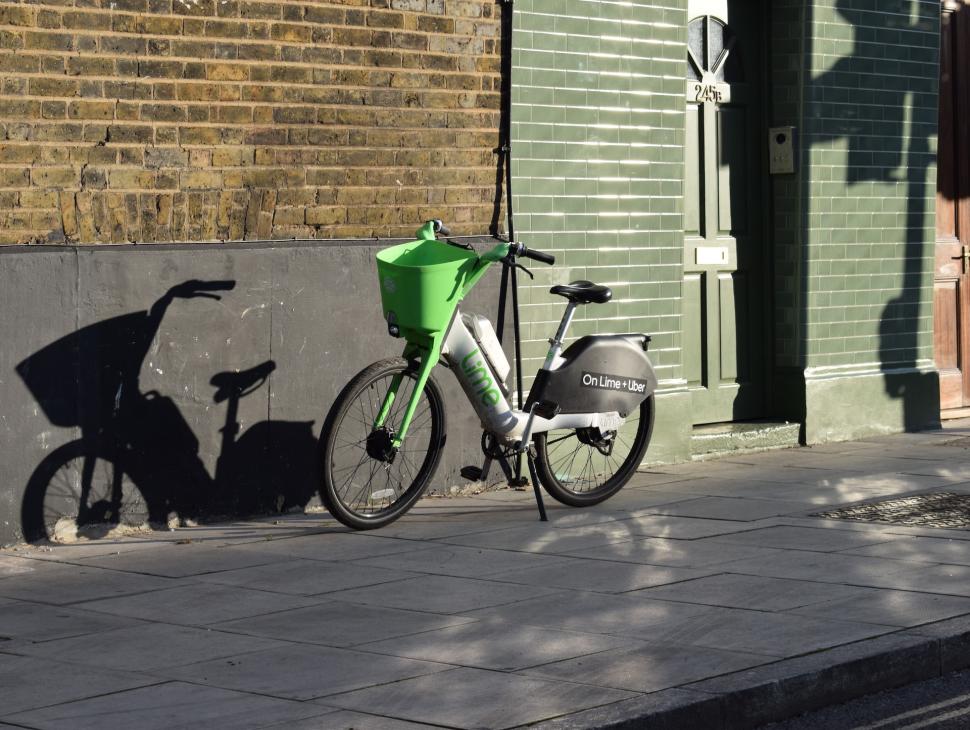


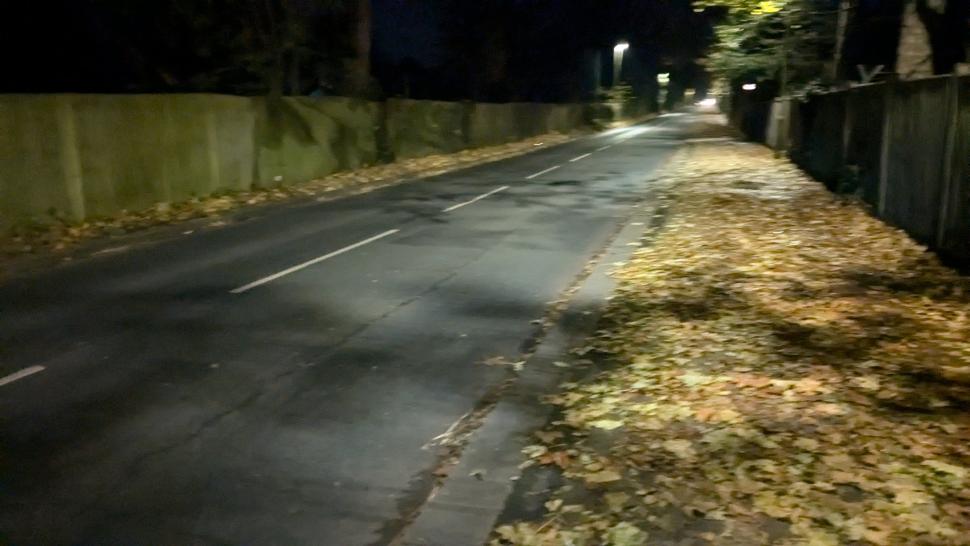
Add new comment
69 comments
There are several cycle awareness courses around the country. They may not address psychology in detail, but they take drivers out on bikes. They have to choose to take it all on board and apply it, though.
Even before you get on to the myriad other competing things, headlights are not actually mandatory where there is street lighting. I don't know if I think it would overall be better or worse if drivers only used sidelights in the city though - less glare for people to see cyclists (and their lights) through; but less light to see us (and our optional reflectives) by?
Rule 113
You MUST
ensure all sidelights and rear registration plate lights are lit between sunset and sunrise
use headlights at night, except on a road which has lit street lighting. These roads are generally restricted to a speed limit of 30 mph (48 km/h), or 20mph (32km/h) in Wales, unless otherwise specified
use headlights when visibility is seriously reduced (see Rule 226).
??!!??
I think I must have missed that bit of the HC.
I confess it is relatively new to me. It's psychologically hard to limit yourself to sidelights when everyone else is using headlights though - the arms race problem.
It's below the bit that says you MUST obey the speed limits at all times, unless you are a member of a service with a specific exemption. Or in an emergency. Or on a motorway where everyone else is doing more than 70mph. Or in a 20mph limit as it's not possible for cars to keep below that speed limit without the motorist being focussed on the speedo to the exclusion of all else.
I'd be less concerned about this if I was sure that police were also stopping all those motorists whose cars have a missing headlight or only one working brake light, that sort of thing
I can assure you they're not- in the same way as they're refusing to take action against drivers passing traffic lights long after they turned red, refusing to take action against drivers with long-expired MOT when informed of the offence with immaculate photos, refusing to take action against drivers using handheld mobiles while driving despite being provided with perfect video etc. etc. 'because everybody does it we can't do anything about these offences'
DG67 SJU was first reported on 24th August, a month after the MOT expired, when it was filmed passing outside Garstang Police Station- the driver has enjoyed trouble-free offending since then, with the police cheering him on.
I thought having one working headlight was the new norm? Is it some form of guerilla marketing activity maybe?
Anyway, as with all road "crime" - *clears throat* ShOUldN'T DeY Be AHt caTcHin' ReEL KriMiNAlz?!!
Or the ones whose combo of super bright side/driving lights makes them assume they don't need headlights on at all.
It used to be the case that daytime running lights were only at the front - so you'd get stupidly bright front lights (and a lit up dash) while the driver was blissfully unaware they weren't lit up at the rear. Seems now DRLs are both ends, so you can blind people from the front while not being a danger to yourself behind.
Pages